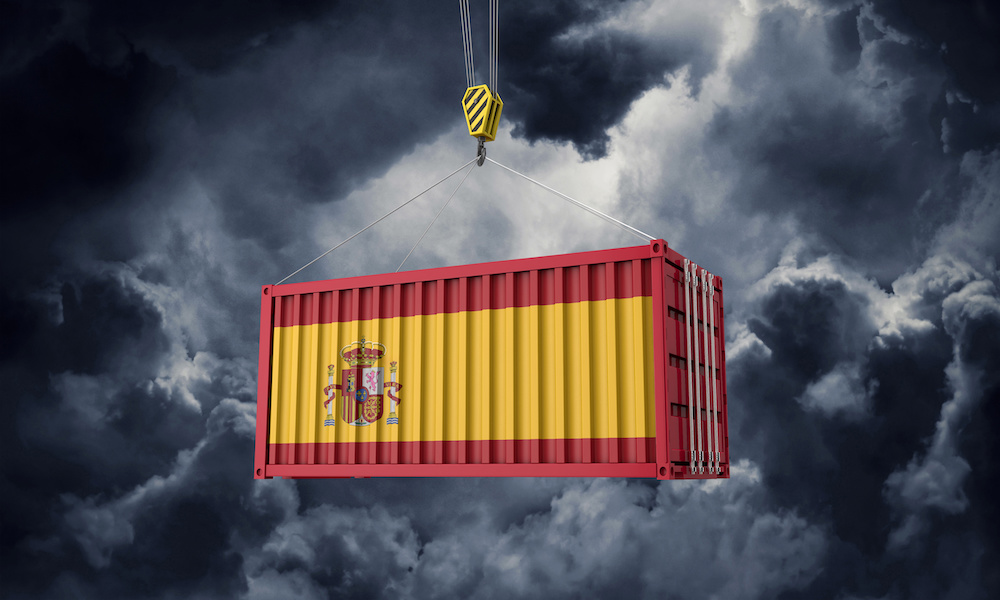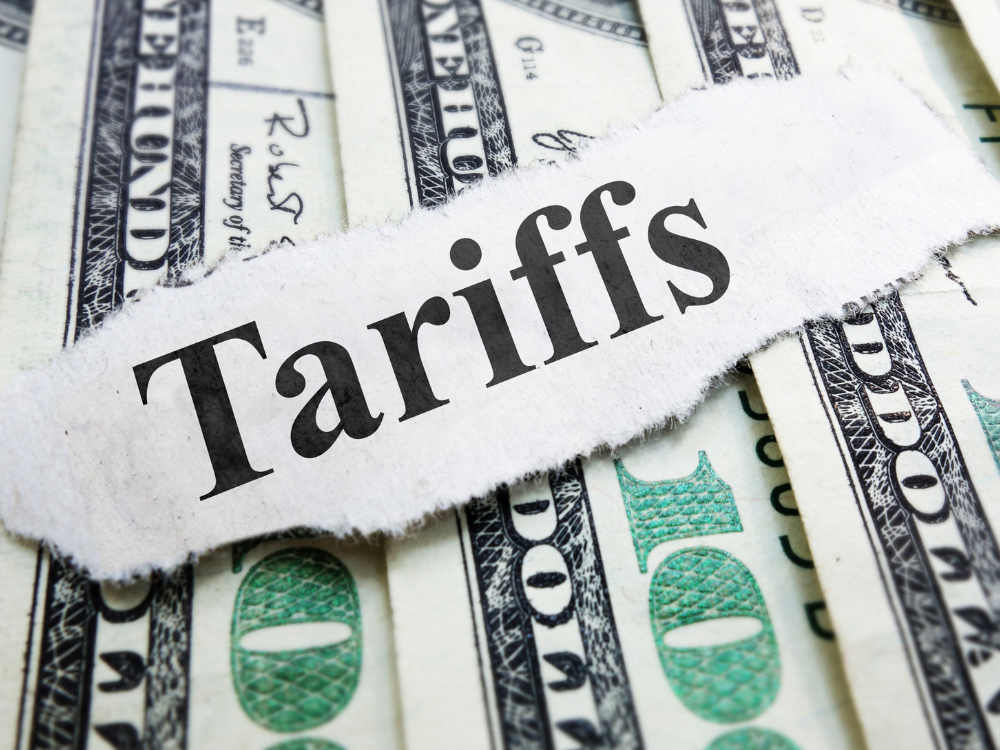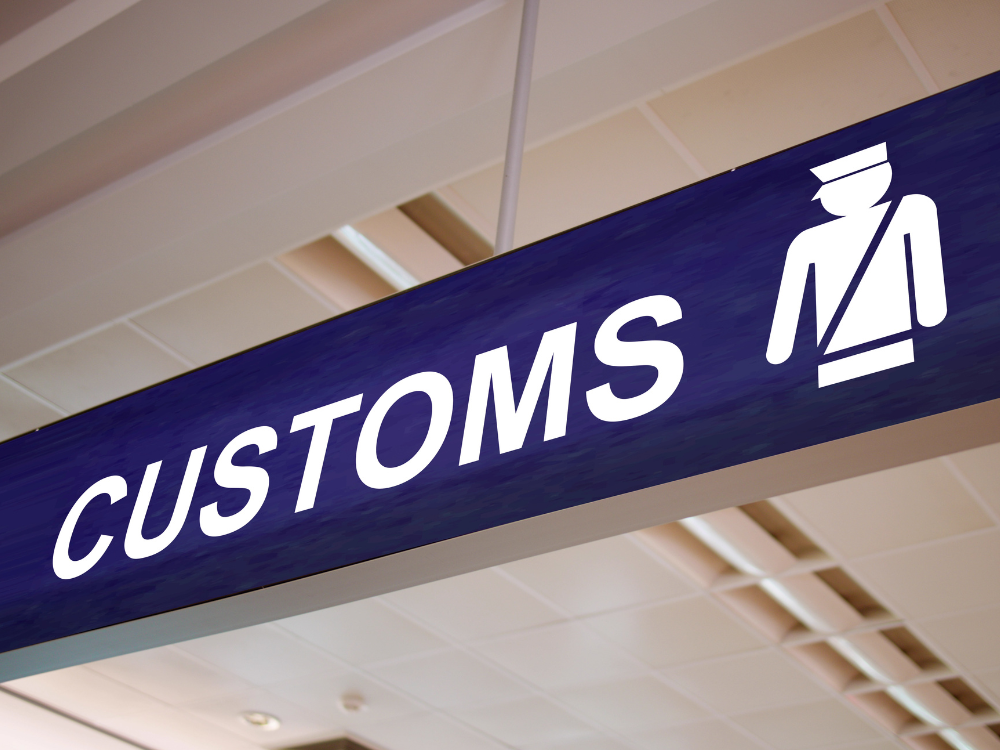2025.04.14
Shipping to Spain: A How-To Guide

The European Union (EU) is an area where you can ship a variety of goods without needing to pay customs duties. This is called a free trade zone. In most cases, if you are shipping goods within the EU and you are part of the EU, you will not have to pay customs fees.
Furthermore, if you are shipping something from a country that has a contract with the EU for the free movement of goods, you will not have to pay customs fees.
The economic relationship between Canada and Spain has grown significantly in recent years. This growth has created a greater demand for shipping to Spain from Canada.
But how does shipping to Spain actually work? Find out in this article!
Shipping to Spain: required documents
You may already know that all international shipments must be accompanied by certain customs forms:
- Commercial invoice (written in English): This document must include a detailed description of the goods within the package and their value.
- Pro forma invoice: You will need to indicate whether the value you have declared includes cost, insurance, and freight.
- CETA certificate of origin (CETA, the Canada-European Union Comprehensive Economic and Trade Agreement, stipulates that Canada benefits from reduced tariffs on exports to the EU): An official document that attests to where the goods were produced, manufactured or processed.
- Waybill: Your shipment will need to include documents that justify its transportation. The specific document depends on the mode of transport chosen (Air waybill [LTA/AWB], sea waybill, etc.).
- If your goods enter the EU through a different country, customs transit documents (T1 or T2) may be required.
Note that there are specific requirements concerning the documents that must be included.
Customs formalities when shipping to Spain
In Europe, the CIF Incoterms are used to calculate duties and Value-Added Tax (VAT). This means that the seller and their insurance will bear the largest responsibility.
The cost of transactions consists of transportation expenses and mandatory insurance coverage.
In many cases, the majority of international shipments to Spain include insurance and freight in their value, but the shippers may not always specify this.
For Melilla, Ceuta or the Canary Islands, there are specific requirements for customs clearance. These areas require that each shipment be accompanied by an invoice printed in a total of five copies.
For shipments over a certain value, a Declaration of Origin of the goods, as well as the country of origin and Single Administrative Document, must be provided.
How long does it take to ship a package to Spain
The timeframe of your shipment is contingent upon the mode of transport, package size, and urgency selected, among others.
Depending on the method of delivery chosen, it can now take anywhere from 1 to 6 working days to ship a parcel to Spain. If you are in a hurry, a same day delivery service can be utilized to expedite the process and alleviate any worry.
Pay attention to the Spanish public holidays! Remember that in Spain, these holidays take place on:
- January 1st and 6th
- April 13th and 14th
- May 1st
- June 2nd
- August 15th
- October 12th
- November 1st and 11th
- December 6th, 8th and 25th
Preparing your parcel for shipping to Spain
When sending a package to Spain, keep in mind that P.O. Boxes are not allowed in the address section. Additionally, postal codes should be 5 digits in length.
We suggest you carefully package the item. Select a robust adhesive tape, a suitable cardboard box, and appropriate cushioning for items such as artwork. Your shipping label should be clearly written and visible.
You may also wish to determine the volumetric weight of your package.
Ship internationally with Globex
If you need help understanding the particulars of sending parcels to Spain, please reach out to us. We are more than happy to provide any support you may require when shipping within Canada or internationally.


